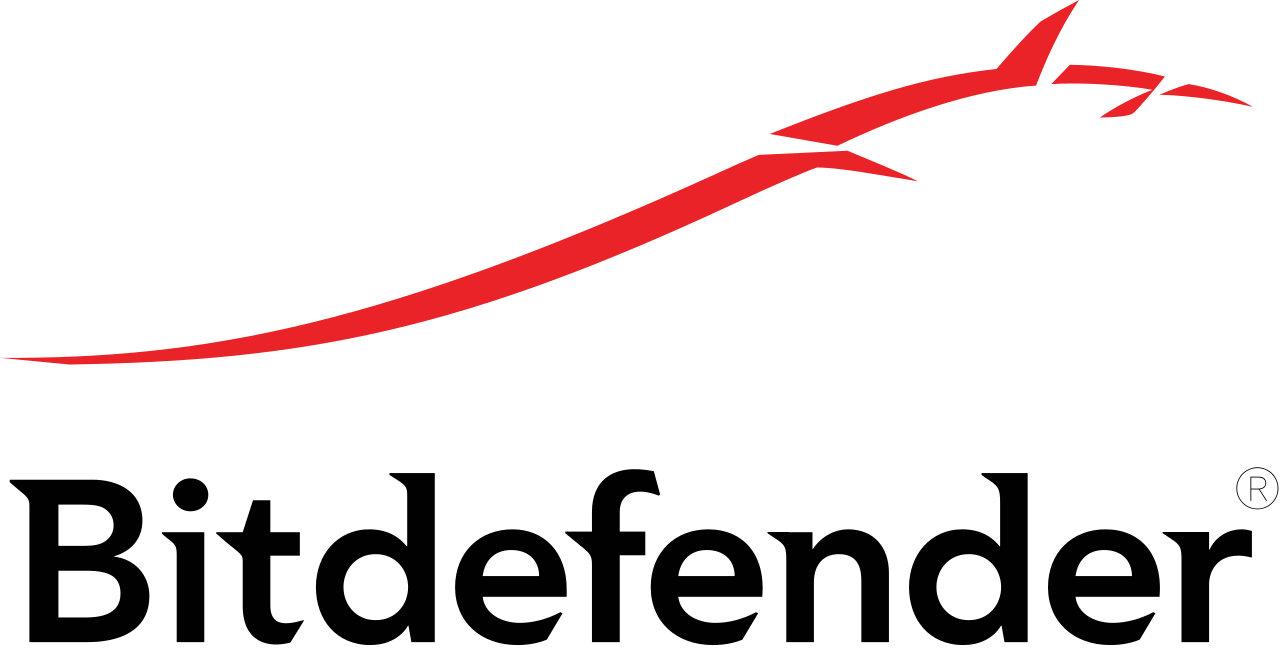Cyberoam predicts rise in Client-side software exploits, growing intelligence of attack vectors and need for Context-Aware Security.
Cyberoam, a global leading global provider of network security appliances today revealed Security Predictions for 2014, highlighting 10 threats and trends to watch out for in the coming year. The list includes new variants of attacks to expect for and also behaviours attackers will showcase. The predictions have been prepared with insights from the Cyberoam Threat Research Labs (CTRL). Among the other predictions, Cyberoam has added to few of its predictions from 2013, like the rise in Browser-based attacks and the need for Context-Aware Security.
“Client-side software exploits” – it will be!
Cyberoam Threat Research Labs foresees an increase in Client-side software exploits compared to the Server-side in next few years. 2013 has seen numerous such exploits where base client software like Microsoft and Adobe were exploited to spread the attack vectors across the network. The recent Microsoft advisories indicating client side exploits also support this prediction. Reasons for this hike include increased scope of exploitation with increase in attack vectors, higher base of users who use these softwares, and lastly, the money involved in it. The exploit kits used to exploit server side vulnerabilities cost much less than client side exploit kits, indicating the premium the latter demand. Realizing that client side exploits will bring in more money, the focus on exploiting client-side vulnerabilities will increase too!
Attack vectors to get more intelligent
Attacks in 2013 have left us with one clear picture – the rising sophistication and professionalism among attackers. In times to come, Cyberoam predicts attacks, wherein the attackers will get more specific, both in terms of their objective and attack strategies. Gone are the days when attacks were meant for the masses. Attackers now know whom and how they would attack and they are changing their attack strategies to hit straight on the bull’s-eye rather than shooting in the dark. In addition to this, few attacks from 2013 indicate the evolution of attacks including proven components from already-used attacks, combined to form more detrimental attacks.
Attacks on Industrial Control Systems & SCADA systems to continue
The amplified impact that an attack on Industrial Control Systems (ICS) can cause, justifies the interest attackers have on such systems. ICS/SCADA system attacks can cause catastrophic damage not only to a single unit but at times to an entire country/province. It is the spread of impact compounded with lack of adequate security available in such systems that have made ICS/SCADA networks a lucrative target for attackers. As per statistics, there were 198 cyber attacks in 2012 and the numbers increased to 240 in 2013. Cyberoam predicts further rise in such attacks on ICS/SCADA networks in 2014 and beyond.
New exploit kits will be explored and used
Use of Blackhole exploit kit for attacks is a known fact. It is no secret that it was used extensively for attacks in the past. But with the arrest of ‘Paunch’ in 2013, the man behind the Blackhole exploit kit, new exploit kits are slowly showing up. In addition to this, as attacks utilising Blackhole exploit kit have been exposed, it emerges as a need among attackers to come up with new ways to target their victims. Also, with recent trends showing rise in exploits based on client side vulnerabilities, Cyberoam predicts that this menace is only going to aggravate.
Increase in need for Context-Aware security
With increase in number of security features or solutions in an organization’s network to tackle emerging security risks, the job of security professionals is getting more complex. With rising number of devices, users and applications to monitor, this becomes even more difficult. The volume of data that the security appliance(s) offer on various parameters is becoming a problem for network administrators, presenting a need for context-aware security that enables faster decision making and action with the security intelligence it offers. Cyberoam predicts an increase in demand for context-aware security for 2014. The rising need in context-aware security goes in continuation with Cyberoam’s prediction in 2013 regarding the rise in need for User Threat Quotient & Device Threat Quotient.
Security of Hybrid Cloud
In a generation of increased mobility where tablets and smart devices are displacing desktops and paper-based processes, more users are turning to Cloud, specifically the Hybrid Cloud, as it offers more efficiency, business optimization, access to real-time data and always-on availability. However, the ability of Hybrid clouds to burst into the public cloud space when necessary is bringing up security concerns. Although this capability is particularly useful to organisations, it may be a call for danger and users and security vendors are realizing this. Cyberoam predicts an increase in demand for security in Hybrid Cloud environments.
Browser-based attacks are still hot!
In a bait to achieve sure-shot infection and victimize users, use of browser-based attacks like Water hole will further rise. This will include a rise in exploitation of browser vulnerabilities and also use of malicious websites. Attackers will continue to target users by directing them to trusted and commonly visited URLs which would be infected with malicious codes. Water hole mechanism includes cyber offenders infecting websites that are frequently visited by their targets. In 2013, many have already agreed on the rise seen in watering holes. In fact a lot of hackers that were using spear phishing attacks to target users have also started using watering holes.
Mobiles still remain a darling of malware attackers and exploits
Increasing base of smartphone users is a primary reason for attackers to find interest in attacking those devices. In addition to this, users use their personal devices to access work emails and connect to company networks, which aggravates this interest further. Applications are the backbones of smart phones and most of the mobile apps lack adequate security, adding to the misery of security on mobile devices. All of these factors collate to increase the interest attackers have in smart devices. 2014 is sure to experience newer and sharper mobile threats.
“Internet of Things” adds Security risks for home devices
IOT- ‘Internet of Things’ is something we all are waking up to, these days. Everything seems to be on the Internet! Right from our work to social lives, and storage needs, Internet has also opened its doors to home devices now! As more and more home devices get connected to the Internet, it is obvious that attackers will soon find their way through them too. Cyberoam predicts a rise in need for security solutions for home devices, besides your office devices. Because one thing is evident – the level of risk and quantum of vulnerability is similar, irrespective of whether the device resides in your home or in your office network.
Windows users will be at risk as Windows XP comes to end-of-life
As Microsoft decides to stop supporting Windows XP after 8th April 2014, users will need to upgrade to newer Windows versions, and so will the attackers shift their focus to these versions. Moreover, users who still continue to use Windows XP, will not have their vulnerabilities patched, leaving them open to exploits.








